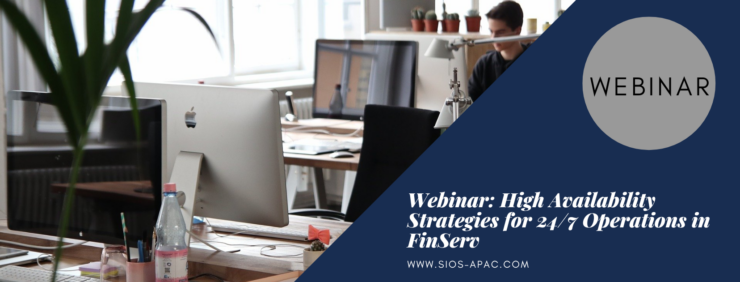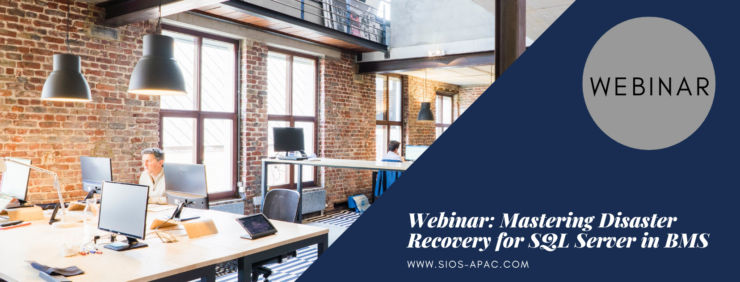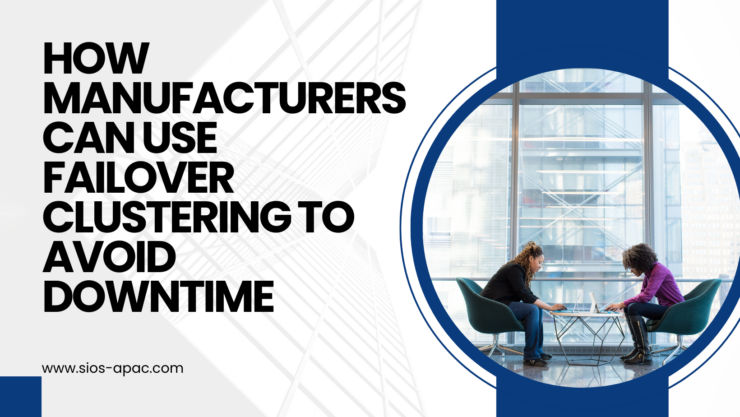| December 18, 2023 |
Video: Getting Down To The Basics, Why You Need High AvailabilityVideo: Getting Down To The Basics, Why You Need High AvailabilityHigh availability is all about making sure that mission-critical systems, applications, and services are available for customers when they need it. In this video, Cassius Rhue, VP of Customer Experience at SIOS Technology, shares his insights on high availability environments and the importance of having a dedicated HA support team. Challenges associated with setting up high-availability (HA) environments:
On the importance of HA Support:
On choosing an HA Support vendor:
On how to get the most out of your HA Support vendor:
Reproduced with permission from SIOS |
| December 16, 2023 |
Webinar: High Availability Strategies for 24/7 Operations in FinServ |
| December 11, 2023 |
Webinar: Mastering Disaster Recovery for SQL Server in BMS |
| December 8, 2023 |
How Manufacturers Can Use Failover Clustering to Avoid Downtime |
| December 5, 2023 |
Webinar: Handling Single Points of Failure – SAP High Availability |



